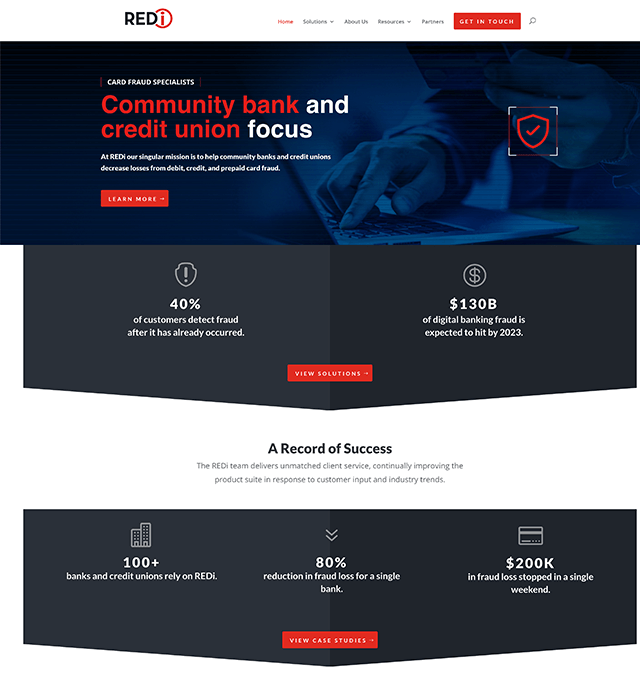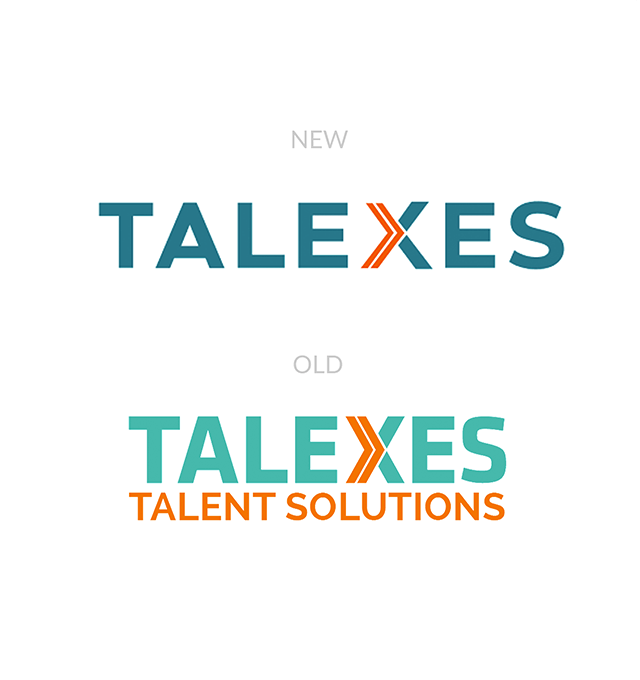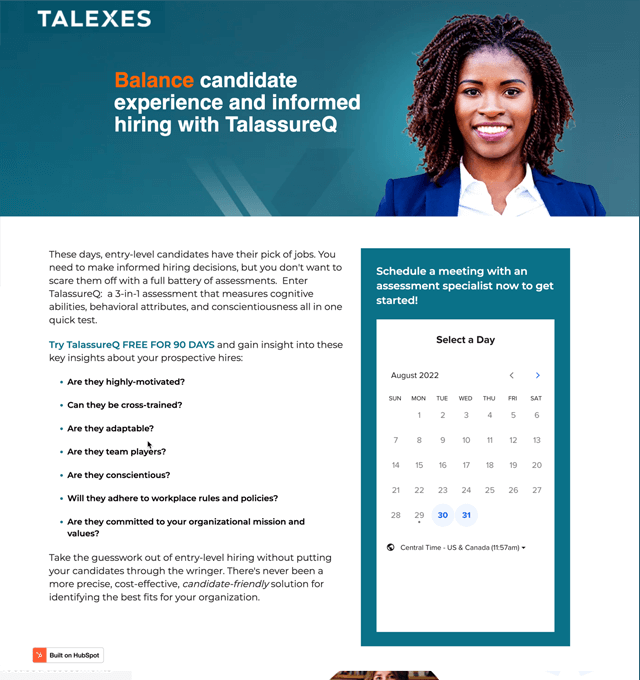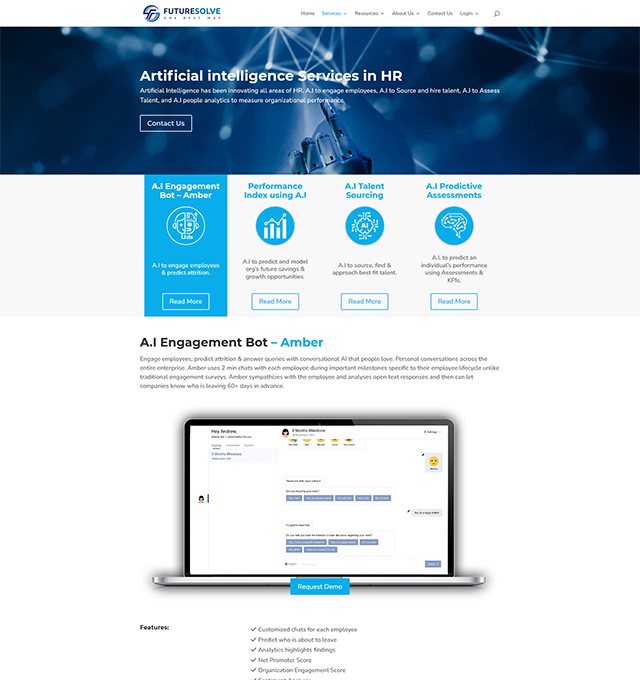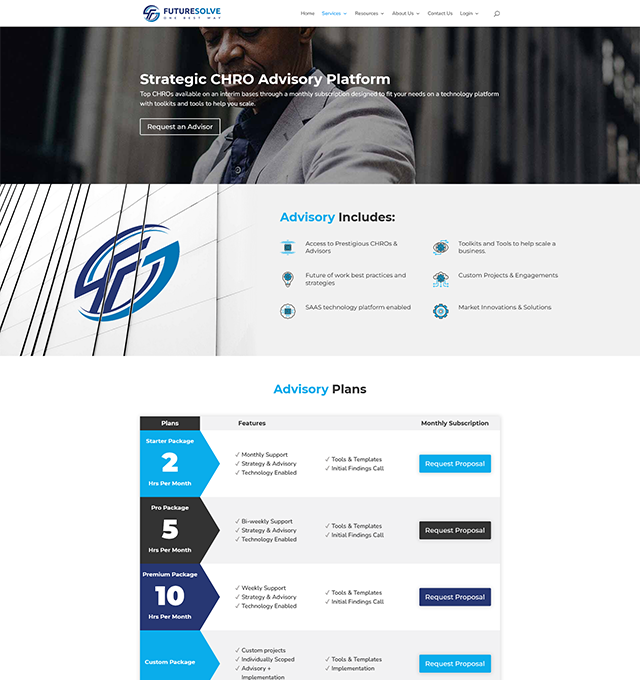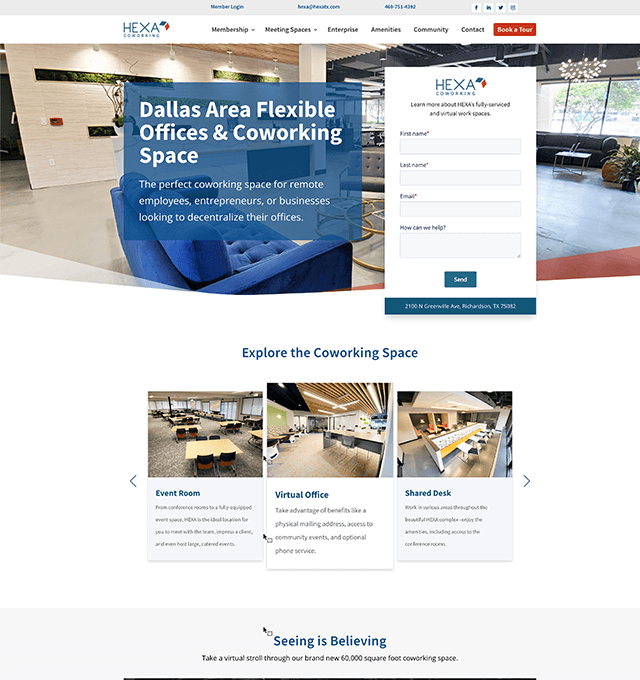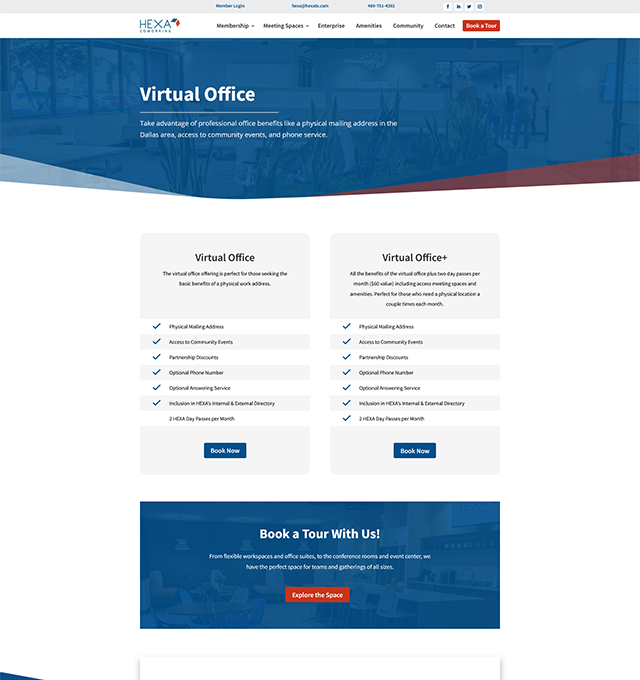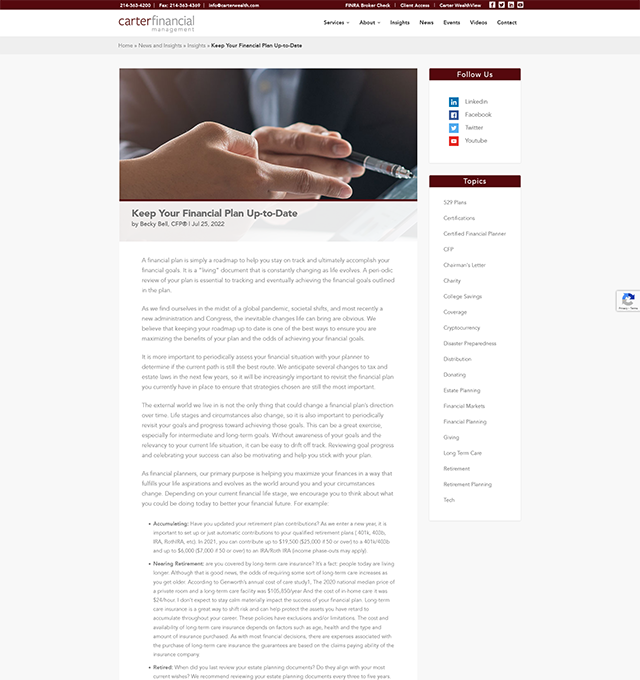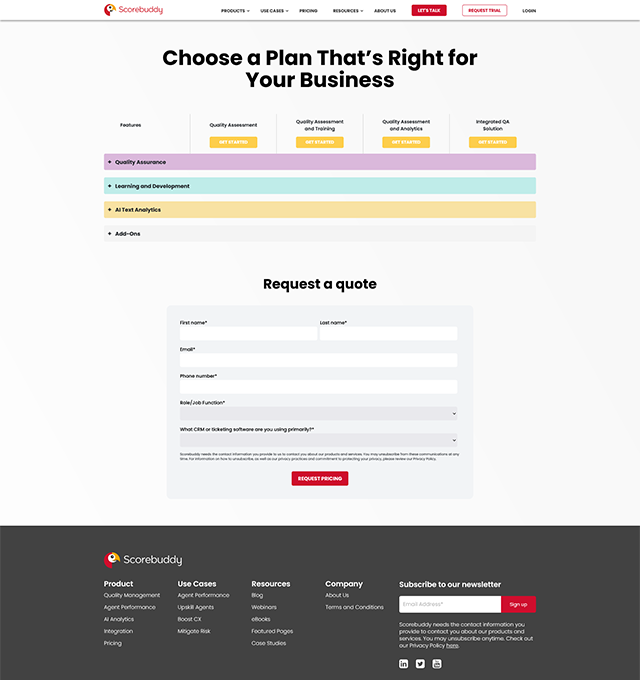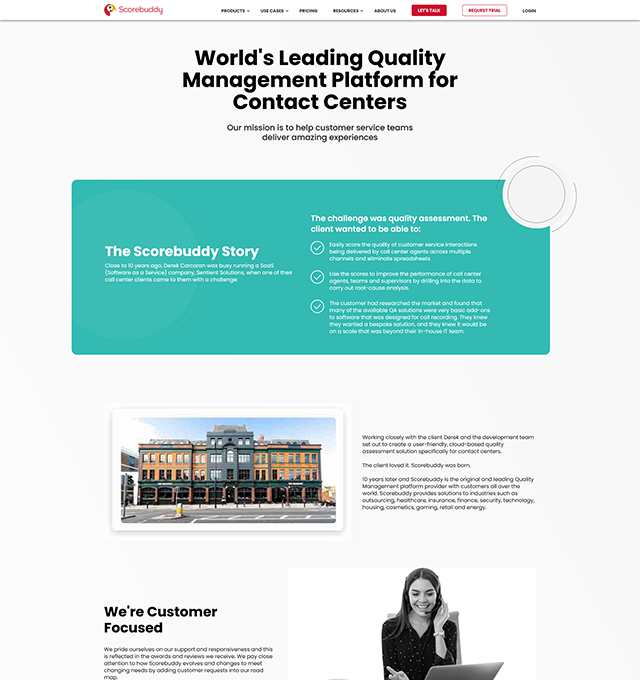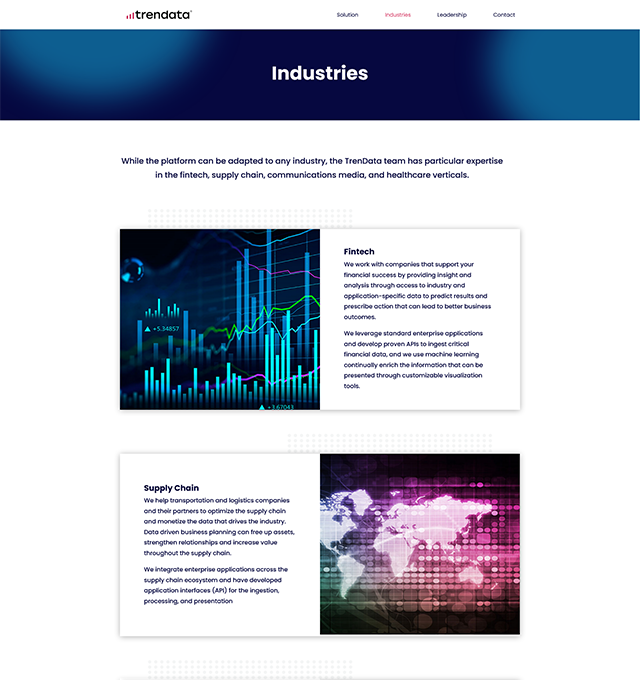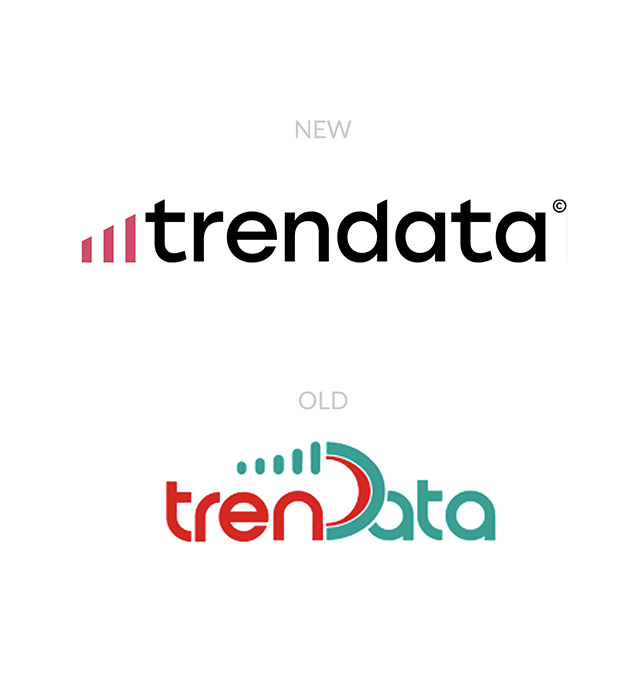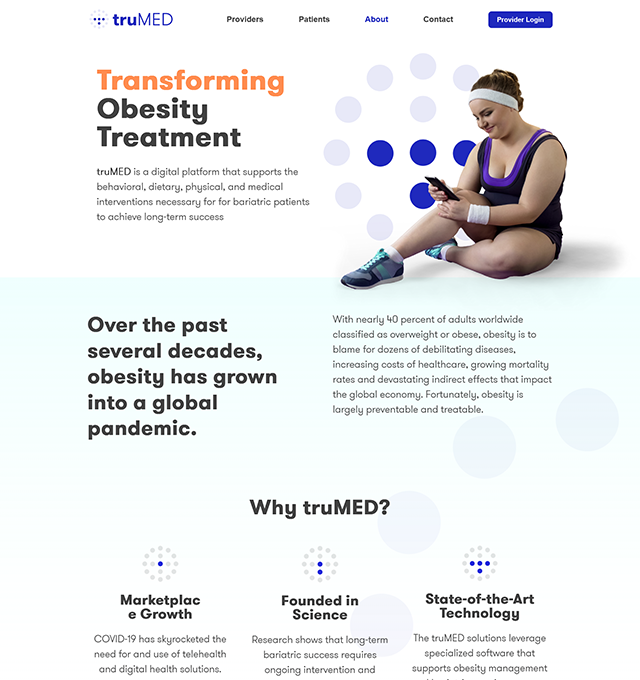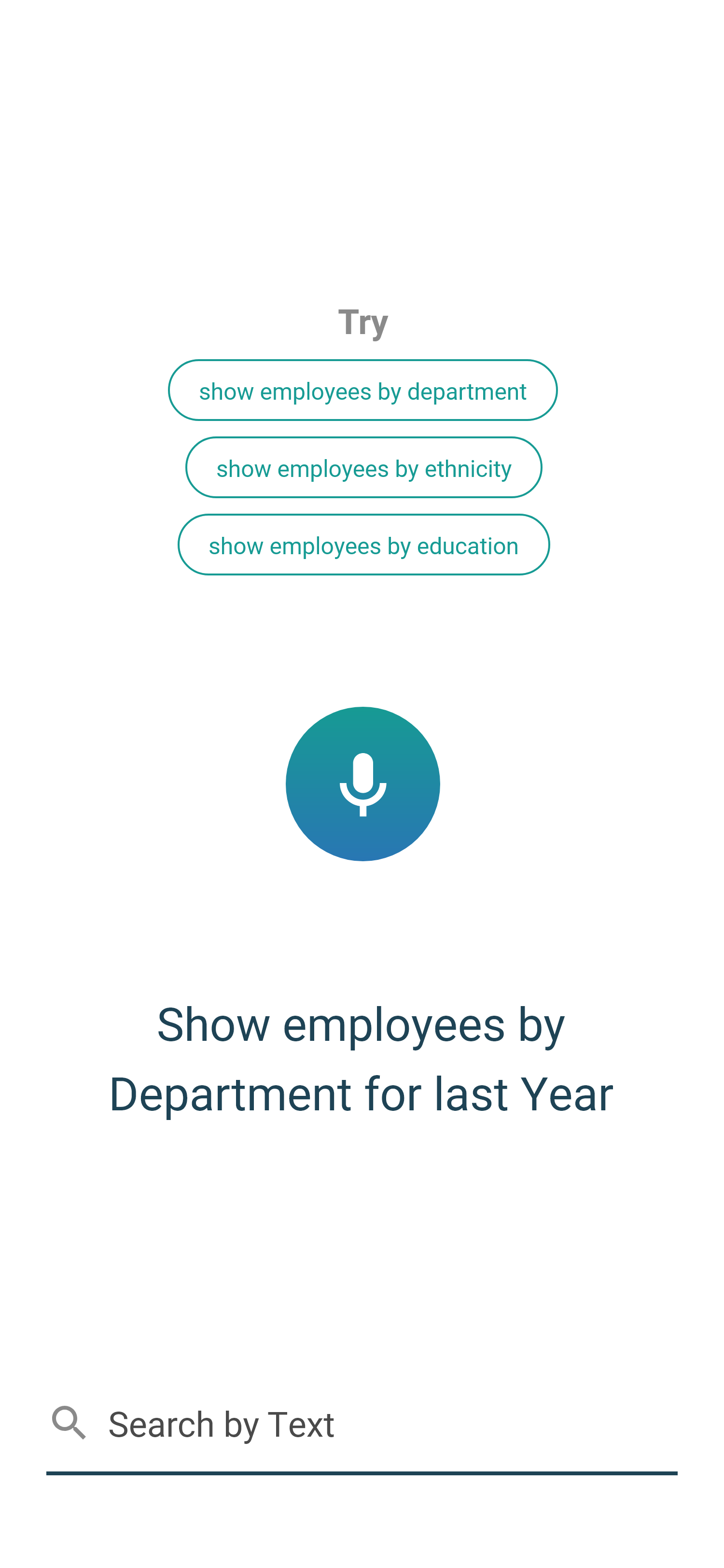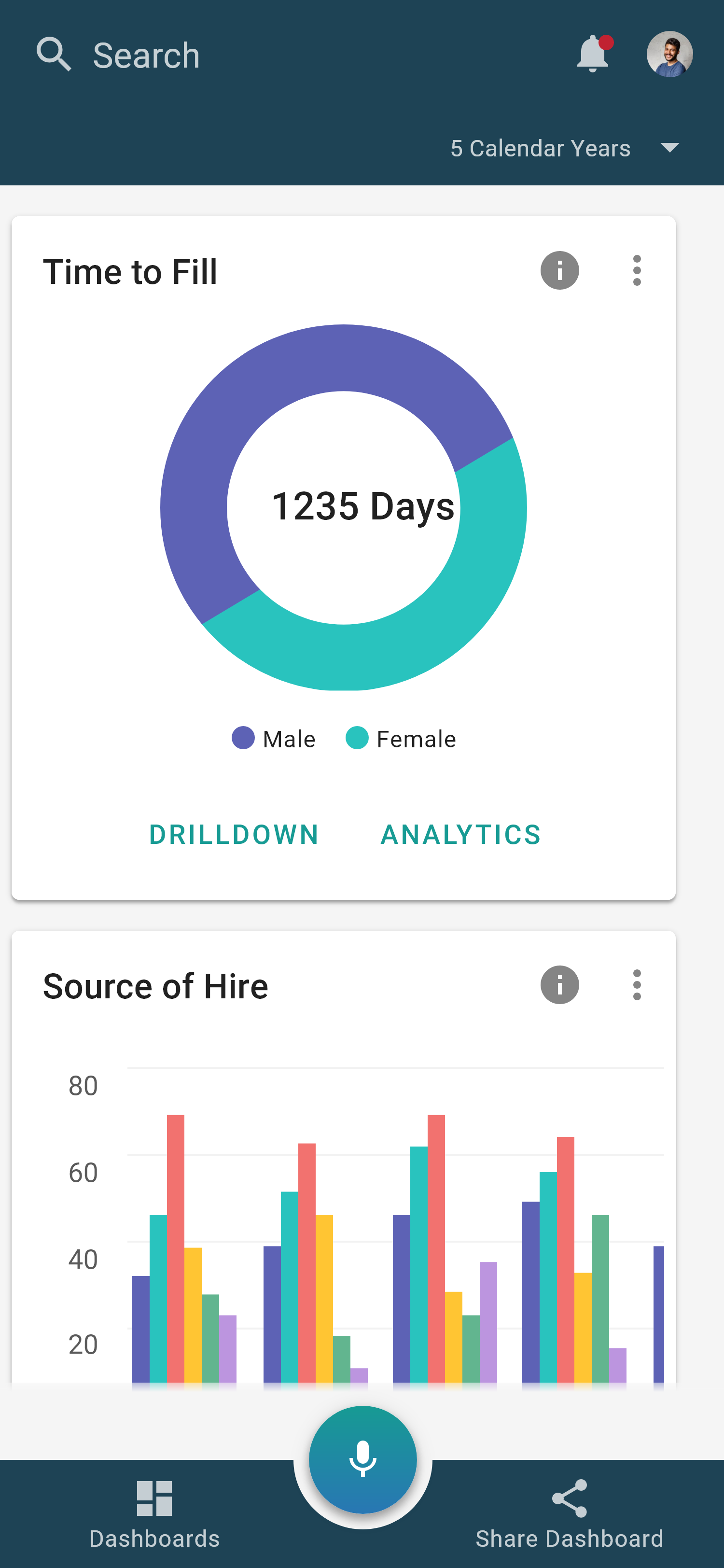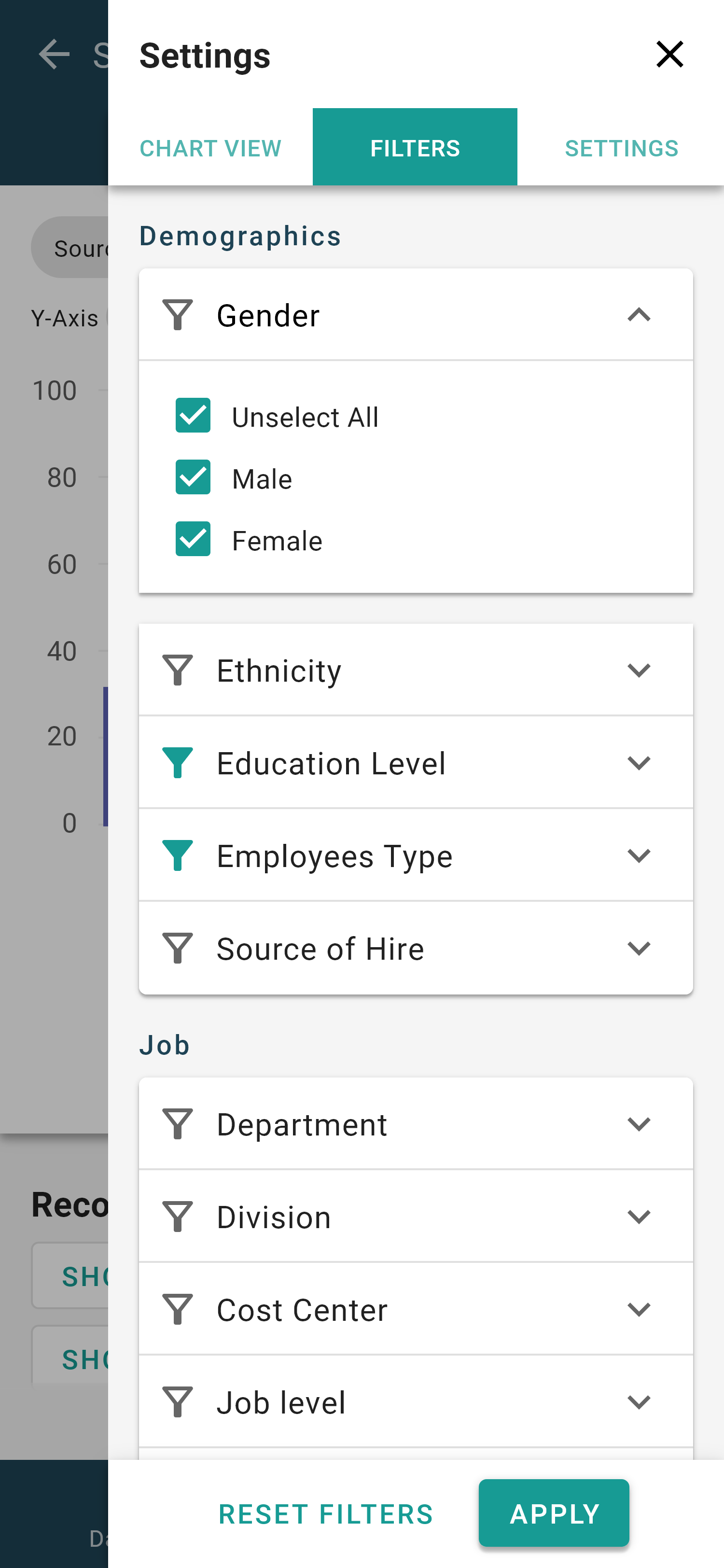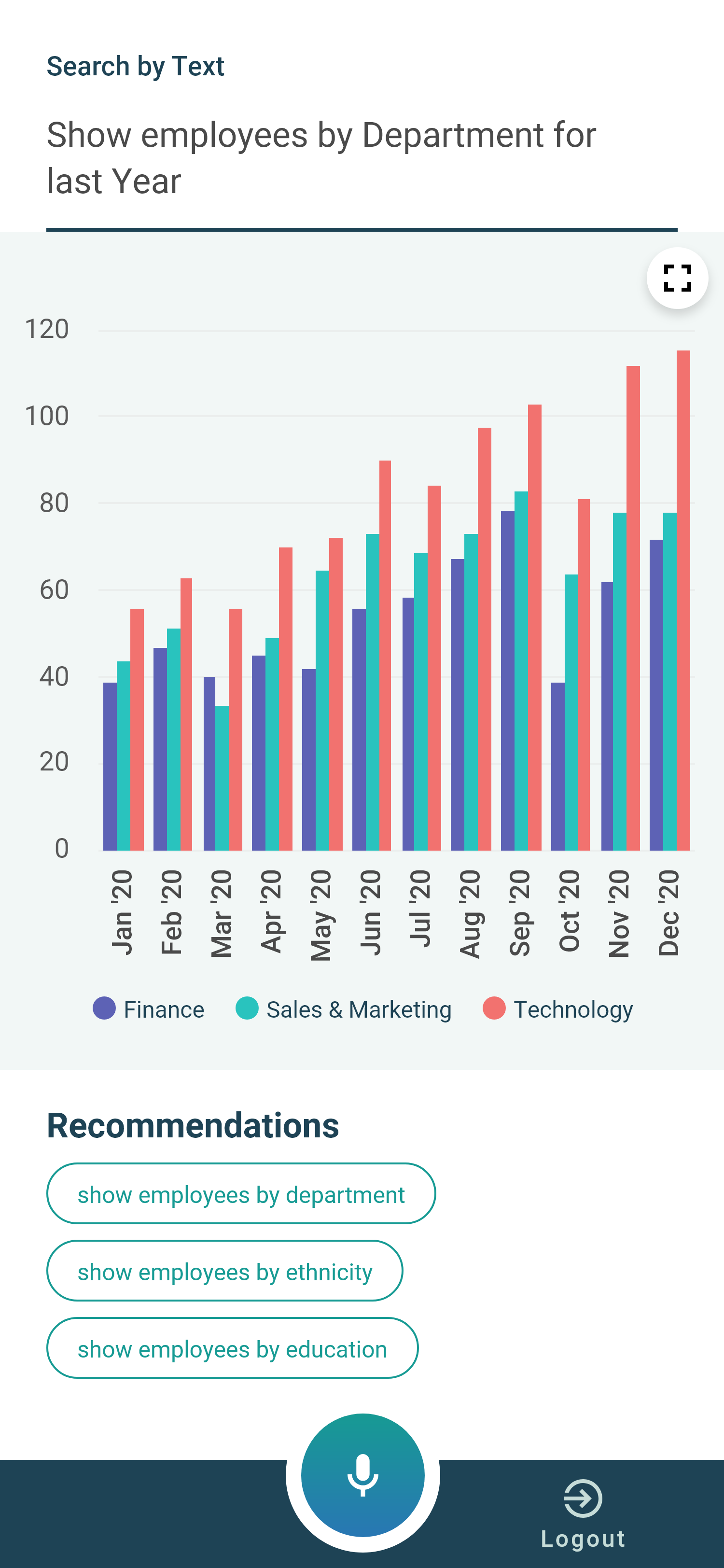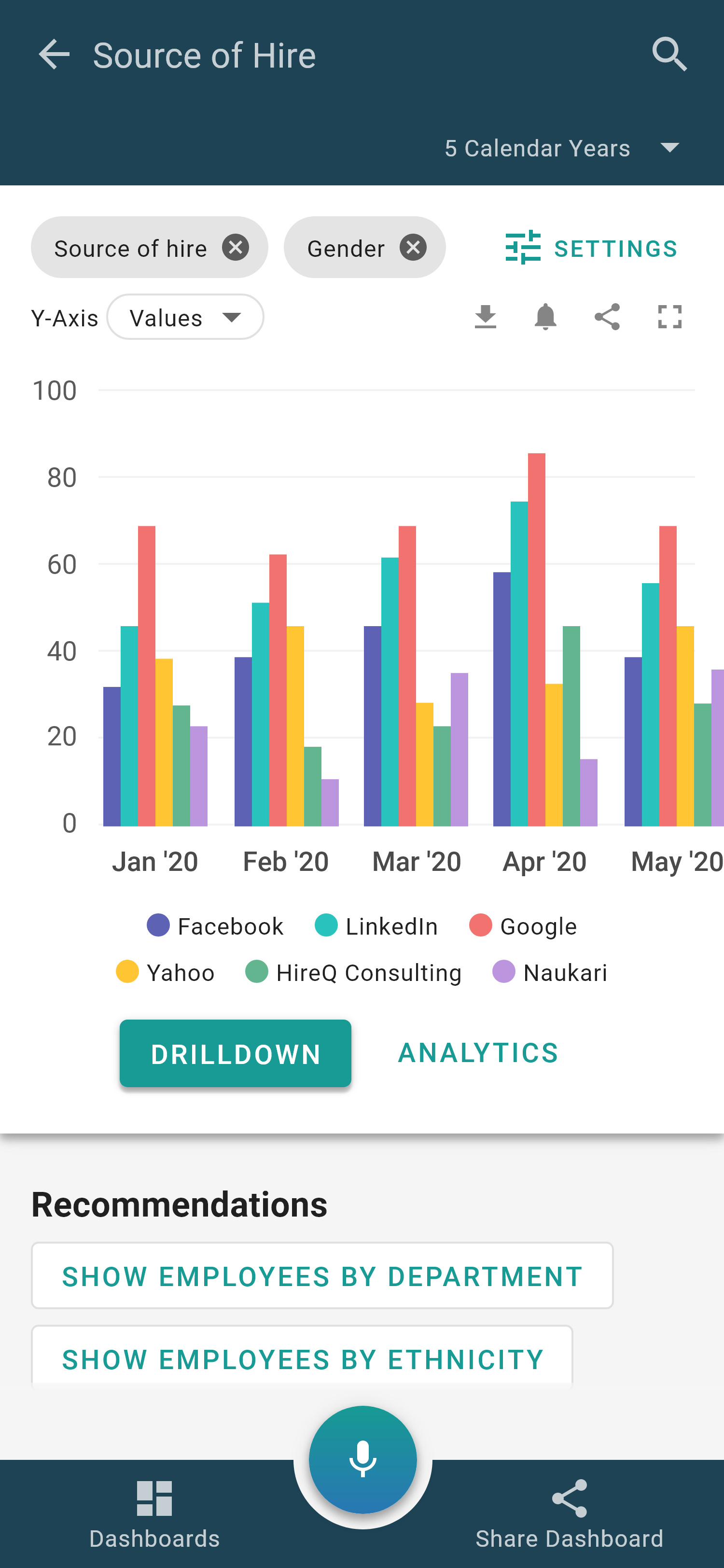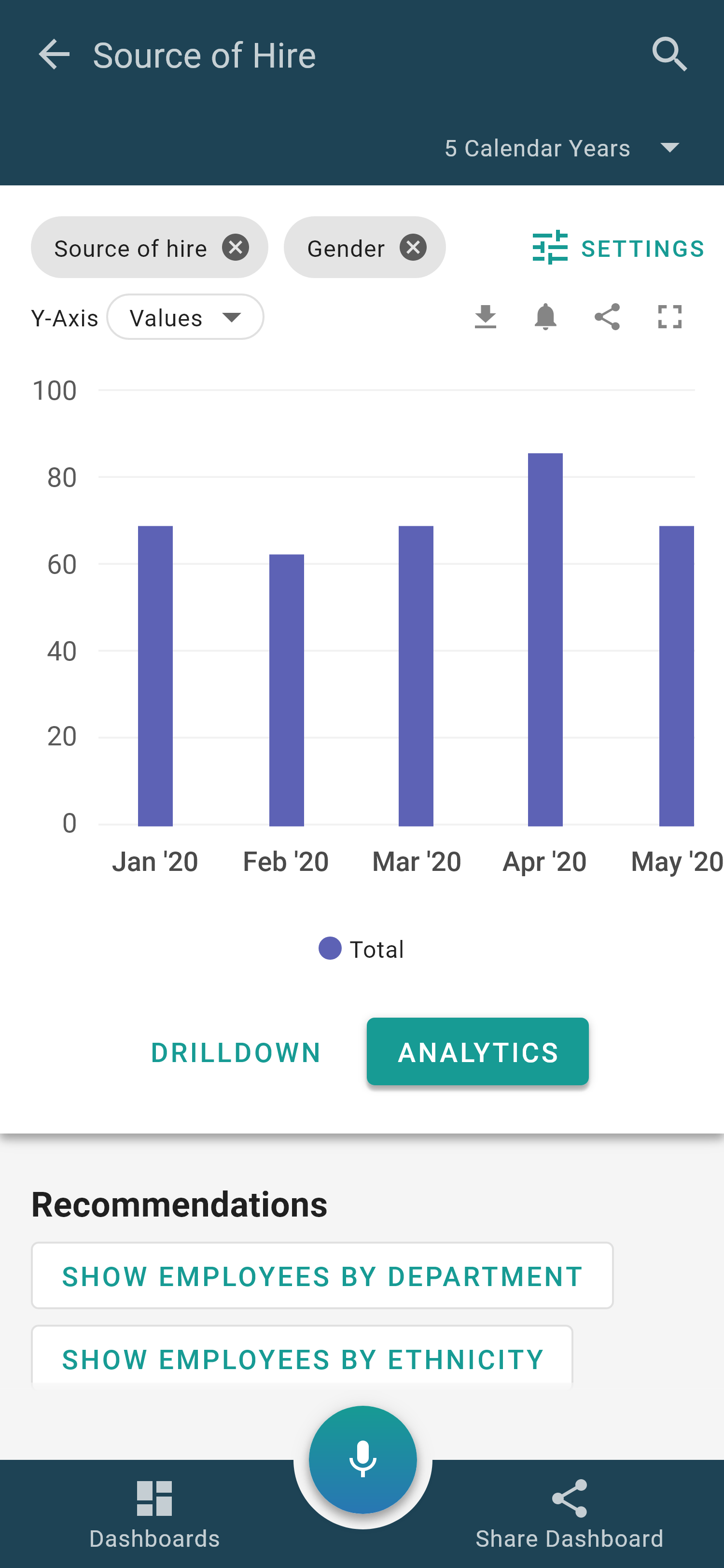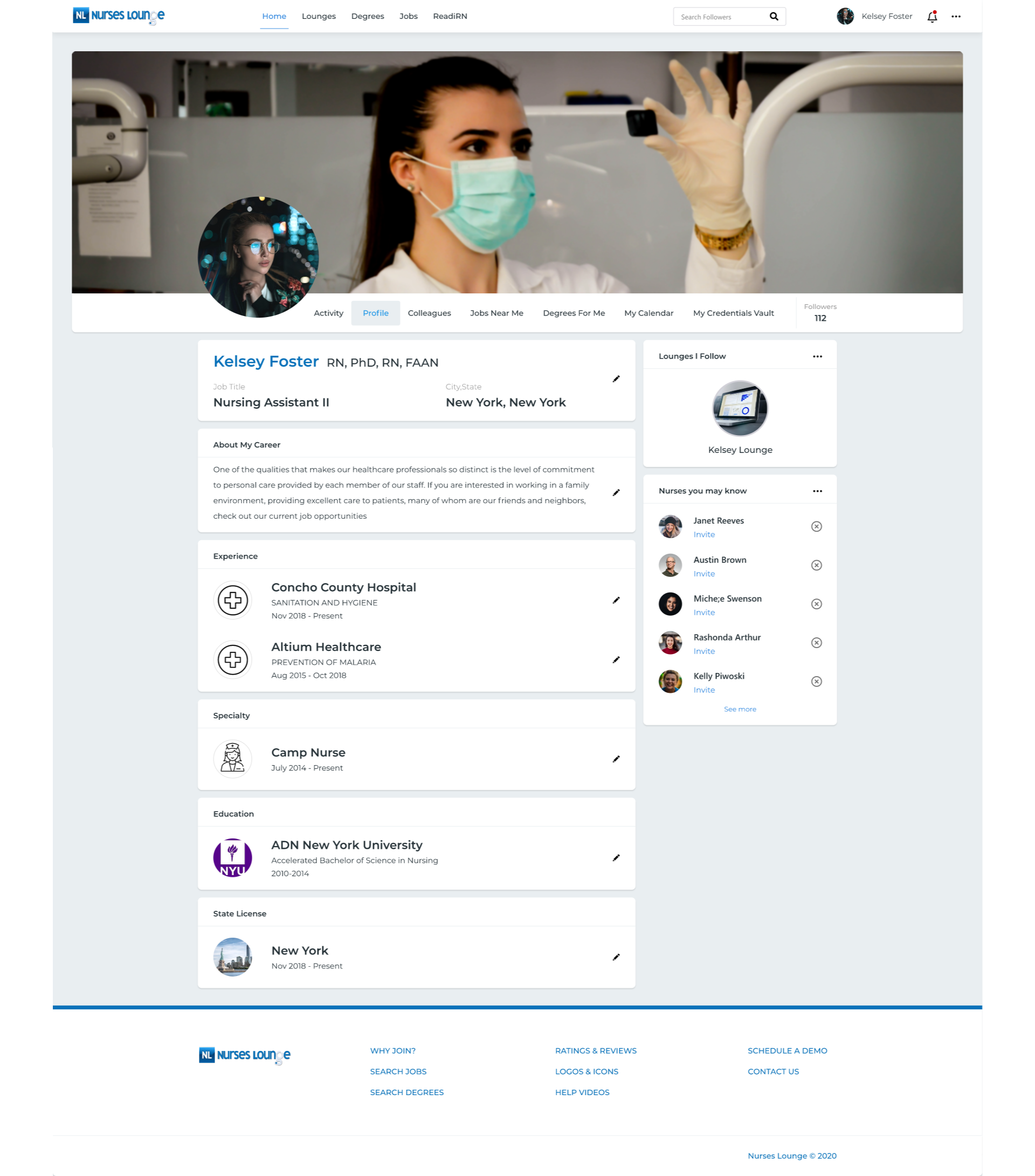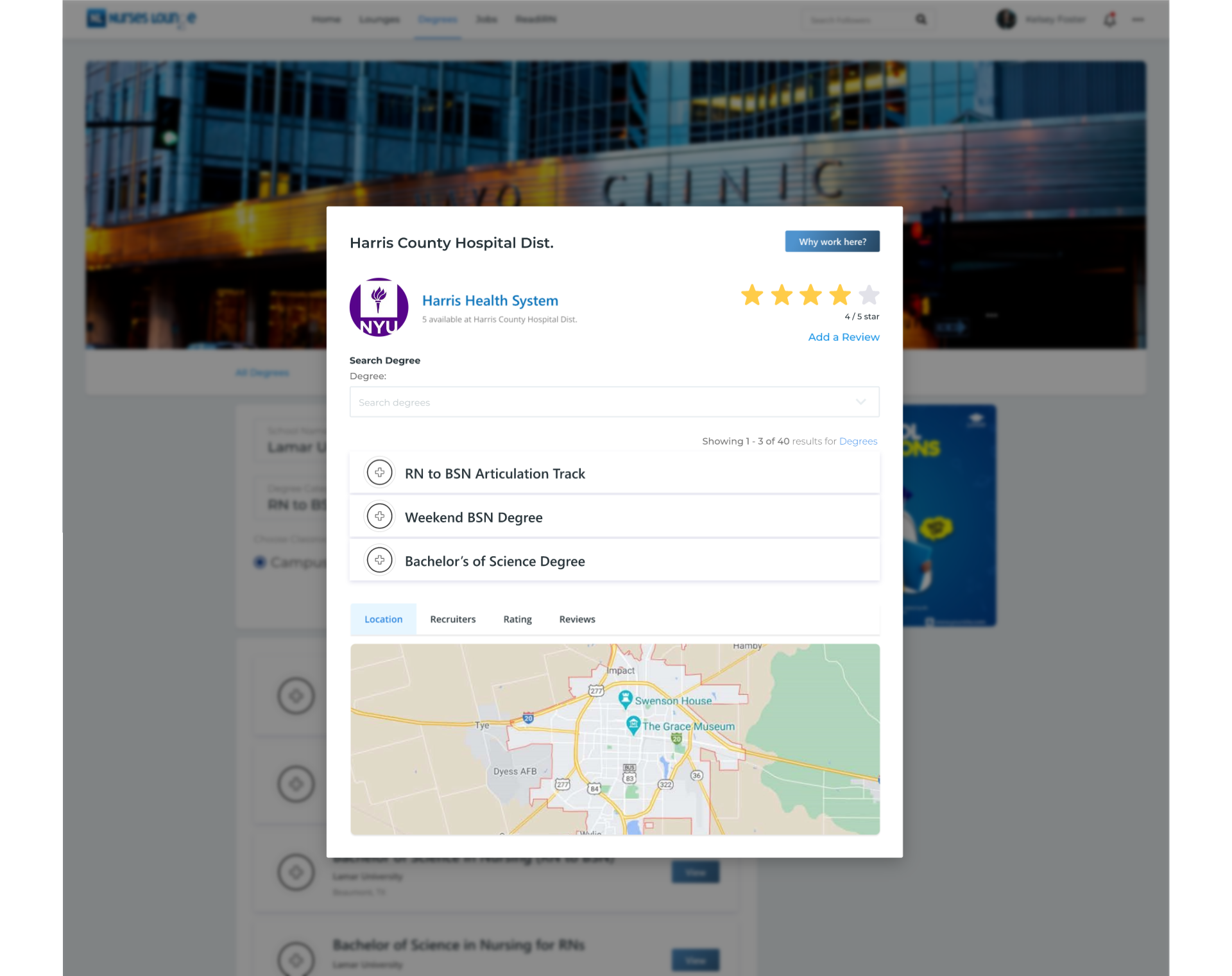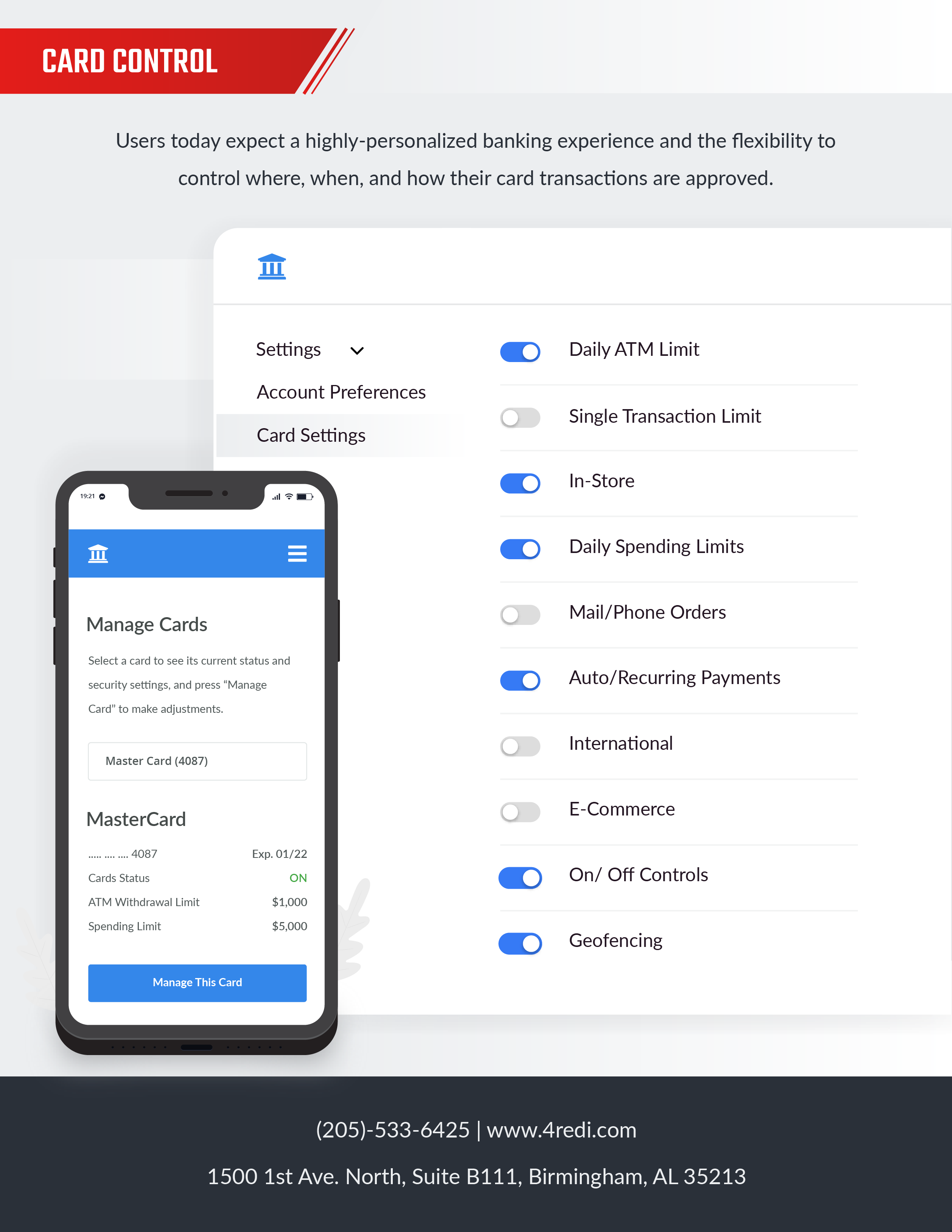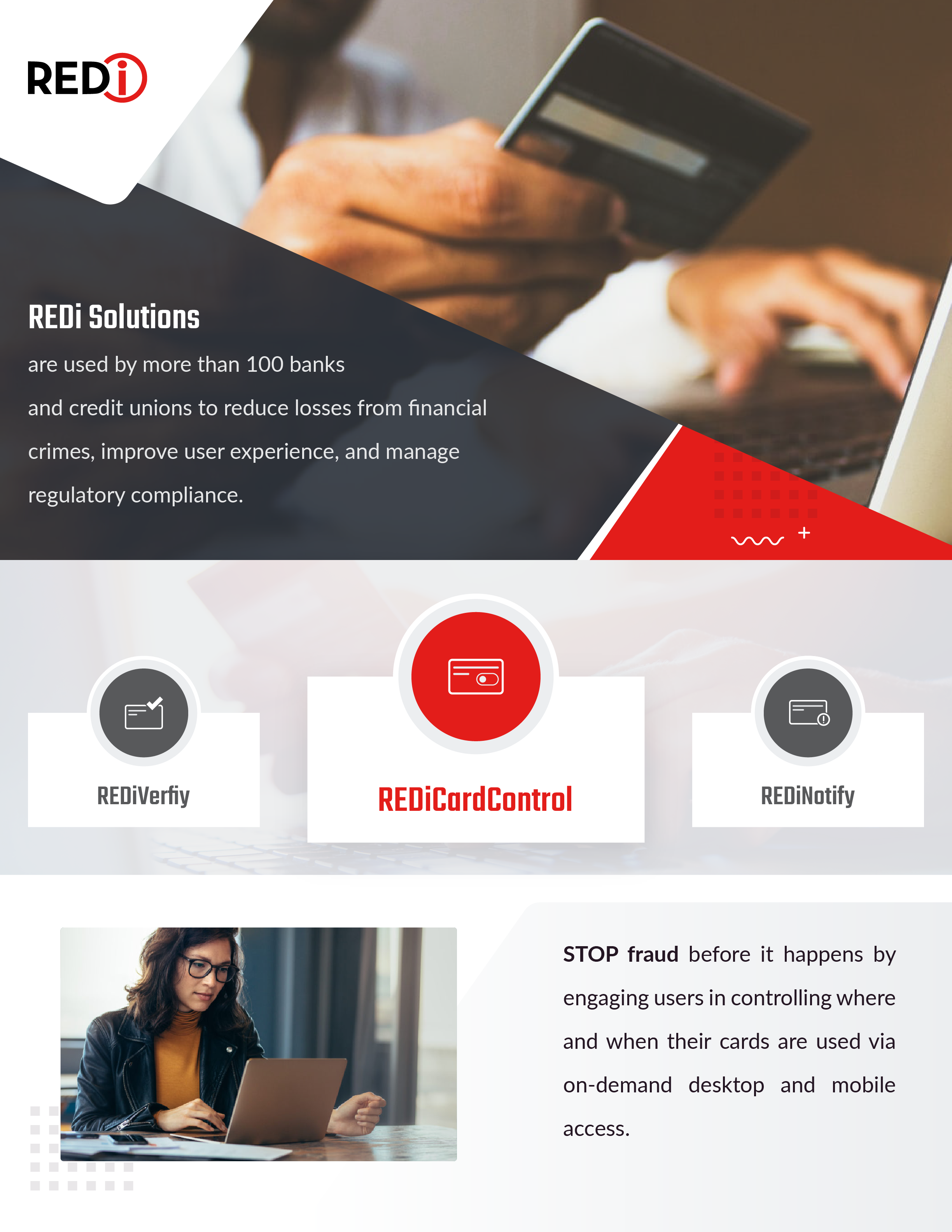Employers are increasingly realizing the importance of creating people and employee-centric office cultures that value employee satisfaction as much as their customers. Because of the COVID-19 pandemic and the freedom to work from anywhere, many employees across the globe have moved back to their hometowns and do not plan to return to offices any time soon.
But with the worst of the pandemic behind us, companies now have the time to re-evaluate and reassess their remote work and compliance policies. Initially, the transition to work from office to work from home was focused more on maintaining or increasing productivity, ensuring that employees are putting in their daily work, employee satisfaction and well-being, etc.
But now that this trend has become the norm, more organizations have shifted towards building global workforces. This means HR departments now have the additional work of making sure their organization’s policies abide by the country’s laws and policies that they hire in.
Before we get into it more, let us first understand what HR compliance policies really are.
What Do You Mean by HR Compliance?
Toolbox defines HR compliance as “… the process of aligning workplace policies with a city’s, state’s, country’s, and the world’s labor laws, in sync with industry-specific regulations. In addition to policy setup, enforcing practices to follow these policies daily is also part of HR compliance.”
HR compliances are certain rules and regulations put in place in an organization that the organization and its employees must follow. These business rules differ in different industries and countries. Such compliance rules or policies are typically put in place so that an organization carries out its business legally, as stated by the law.
Ideally, there are regular audits that organizations must go through to check if they are compliant with the updated laws and policies for a safe continuation of business in a legal manner. If the government or other institutions find an organization to be overlooking or not abiding any compliance policies, it could take legal action against the organization. This may lead to a lawsuit or a heavy financial penalty.
Some of the most important compliance policies entail issues related to the employees’ payroll, securing employees’ data, termination policies, tax rules, retirement and pension, and adherence to the labor laws. If you’re a global business, for instance, and you are in business with any of the EU member countries, you must abide by the GDPR regulations. This is a data protection regulation for safeguarding employees’ data. Non-compliance with this can lead to serious legal consequences.
In addition, labor laws in countries such as India do not support “At will termination”, meaning the employer cannot simply terminate an employee without stating a reason. In case of a complaint against unfair termination, the organization might face legal problems besides incurring damage to the brand’s reputation.
Now, it is still easy to keep up with local, country laws if you are an organization carrying out business in your own country. Matters complicate when you have to keep track of compliance policies of multiple countries, cities, and regions, as in the case with global organizations today. Let’s understand some of the common compliance challenges in HR.
What Are Some of The Most Common Challenges to Global HR Compliance Today?
- Almost every country, state, region, and industry have their own set of laws and regulations relating to labor and employment. Managing your sporadic global teams while making sure you’re compliant with all the laws can be difficult.
- Compliance is not a one-time concern. Such regulatory policies are dynamic in nature, and are bound to change at any point. Companies that don’t have a proper compliance team set in place may not be able to keep track of all the changing rules in all the countries they run their business in, and are at a higher risk of being found violating such laws.
- The pandemic led to the creation of many new laws related to workplace settings, employee physical and mental wellbeing, holidays, and other such policies by governments worldwide within a span of days. Organizations had to not just brainstorm new ways of making the home office setup productive, but also take care of the changing international compliance policies.
With so much at risk, companies need to put in place several checkpoints to ensure they are aware of their compliance policies and take effective measures when they might be at a risk of breaking any of them. Here are a few steps listed below for employers to manage global compliance policies effectively.
Steps to Manage Global Compliance Policies Like A Pro:
1. Research, Research, and Research –
Before you enter a new country, state or industry, do thorough research into the existing laws there, the current market trends and how your competitors (if any) might be functioning there. Also, read about the consequences and punishments of non-compliance if it may occur in the future. Understanding the target market will also help you to assess if expanding there is a good idea.
2. Document Everything –
Create an end-to-end, detailed compliance handbook or repository to educate all employees about the organization’s policies, work culture, country-specific compliances, country-specific holidays, compensation laws, benefits, etc. It should provide all vital information about the company and help make its employees aware of the terms of their employment and its legal reasonings. Documenting and communicating everything related to your global HR policies helps reduce confusion and ensures compliance from your employees.
3. Hire a Dedicated Employer of Record to Oversee Global Compliance –
As discussed before, HR compliance is ever-changing. Similar to hiring an accountant to handle your taxes, you need a dedicated team of experts or an employer of record to monitor and keep up with the changes in country-specific laws and regulations to avoid any non-compliance. This will not only help you stay up to date on all the changes in compliance laws and address the said changes on time, but also strengthen the overall compliance management process. Having a group of subject matter experts local to each region can also help you conduct internal audits to scout for any anomalies before it becomes a legal matter.
4. Conduct Regular Compliance Audits –
Once you have your guidebook of HR policies and compliances set up along with having a compliance team, it is logical to have the team conduct regular internal audits to find and fix any anomalies. Additionally, you can hire an external audit firm to guide your team and provide unbiased suggestions on how to improve your overall process.
25% respondents of this survey said that they outsourced all or some of their compliance process. Outsourcing compliance can safeguard your organization from any malpractices or issues arising due to non-compliance.
5. Leverage Digital Tools –
There are many digital tools and software available today, such as Mineral, MetricStream, and more, that help employers with this very challenge. If, for any reason, an organization is not able to hire a team dedicated to compliance, they can leverage such tools to ensure they comply with local and global laws at all times.
Not just that, having a software to automate tedious, manual tasks, such as compliance, can buy you back your team’s productive hours that they can dedicate to other essential tasks.
Conclusion
Human resource compliance is constantly changing. These rapid changes pose a challenge to all organizations across the globe. Being so dynamic in nature, it may make employers feel like they are always walking on eggshells. That’s why doing your due diligence, staying informed and up-to-date, documenting everything, having a dedicated compliance team, and leveraging online tools can ease your troubles and ensure that your business does not fall prey to non-compliance issues.





